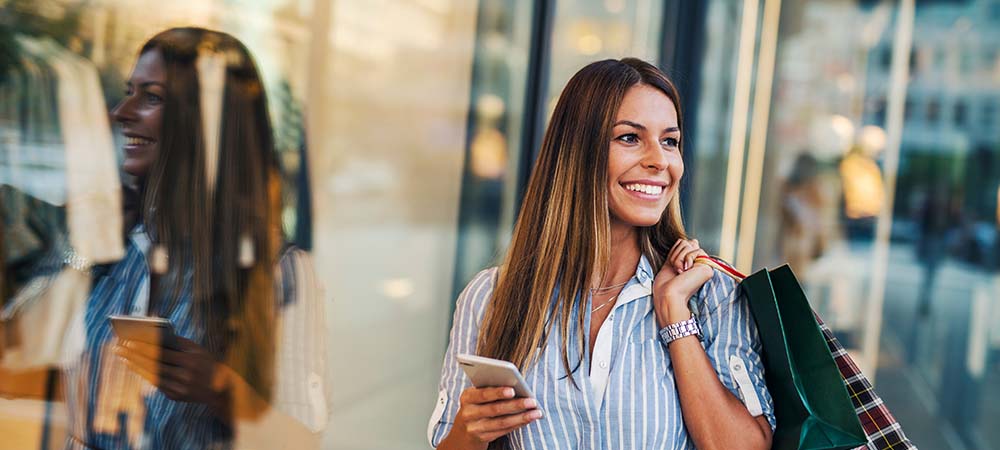At its 2022 European Exchange customer conference, Manhattan Associates announced the findings of its latest international research, highlighting the need for retailers to keep up with the pace of evolving consumer expectations. It also revealed a retail landscape where the lines between physical and digital commerce are becoming increasingly opaque and complicated.
The global retail industry has grown accustomed to disruption. Over the past decade, it has witnessed seismic structural shifts as the sector transformed for the digital era and the pandemic upended shopping habits further, thrusting billions of consumers into a more digital world.
Recalibrating omnichannel
We are witnessing a period of evolution and recalibration, as it becomes increasingly difficult to distinguish between physical and digital retail.
“Shopping habits have changed forever,” said Henri Seroux, SVP EMEA at Manhattan Associates. “There can be no return to the status quo, with 83% of retailers now claiming they operate a level of interconnection between their online and in-store functions.
“As the retail industry recalibrates for this next normal, the ability to navigate disruption, while enhancing the physical and digital customer experience will become increasingly important; as will the technologies that allow retailers to fulfil in-store and online orders in an agile, sustainable and profitable fashion.”
A single view of inventory
When it comes to fulfilment, the one-size-fits-all approach no longer works and retailers are reacting to this.
Natalie Berg, Retail Analyst, Author and Founder of NBK Retail, said. “While the vast majority of surveyed retailers stated that they have a level of interconnection between their online and in-store functions (83%), only around half are offering buy in-store and return online (50%) or buy online and return in-store (46%). And only 6% of retailers believed that they had an accurate overview of their inventory across their entire business (in-store and online) 100% of the time.
“Shoppers today expect to shop on their own terms with more than a third (34%) considering click and collect to be the most important delivery method, followed by contactless/kerbside pickup at 19%.”
Modern stores mirror the modern consumer
Almost a quarter of consumers (24%) now expect shop assistants to be able to check availability in a nearby store if a product is out of stock, or order that product for home delivery or collection, highlighting the blending of the physical and digital retail spaces.
Seroux continued: “Forty percent of consumers still favour traditional sales checkout in-store, whereas 19% would like to use more digital methods such as self-checkout on the shop floor with a shop assistant via a mobile device (8%). Interestingly, almost two-thirds (63%) of retailers agreed that checking stock availability was the most important customer-facing duty performed by their shop assistants in 2022.”




